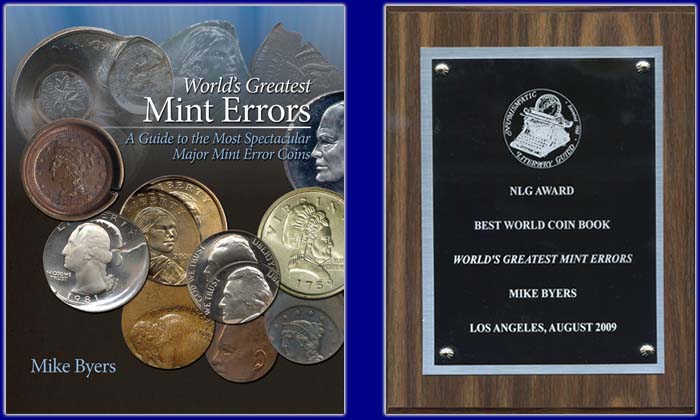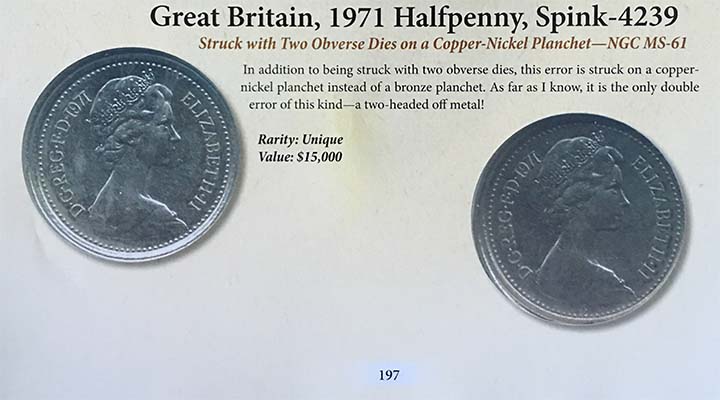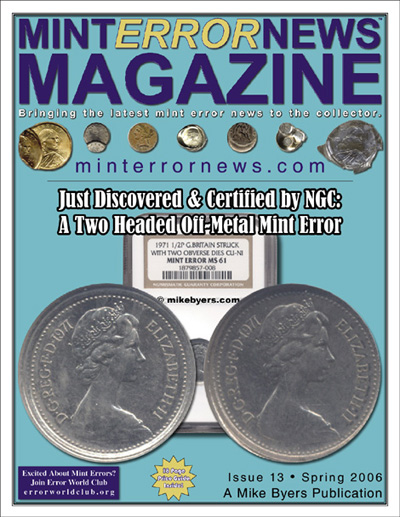"Two-Tailed" Off-Metal 10 Cent Euro
Struck With Two Reverse Dies
On Chrome Plated Iron Planchet
NGC MS 65
Extremely Rare
SOLD
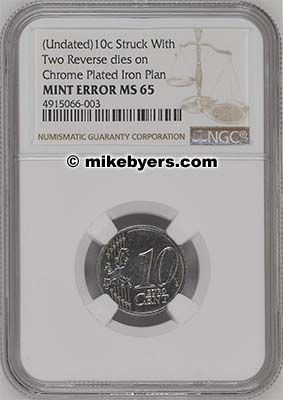
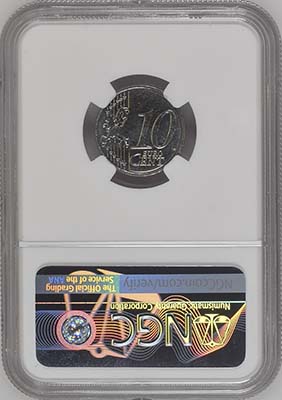
This 10 Cent Euro was struck with two reverse dies and is off-metal on a chrome plated iron planchet. The dies were rotated 180° when they struck this two-tailed 10 Cent Euro. This exceptionally rare type of mint error has occurred only five times in U.S. or World modern numismatic history where a coin was struck by either two obverse dies or two reverse dies and struck on an off-metal planchet.
It weighs 3.92 grams and is magnetic, instead of the regular 10 Cent Euro planchet that weighs 4.10 grams and of "nordic gold" composition. The composition of the regular 10 Cent Euro is 89% copper, 5% aluminum, 5% zinc and 1% tin. This two-tailed off-metal is in gem mint state condition which is amazing considering a wrong planchet in diameter, thickness and metal content was struck incorrectly by two reverse dies.
19 of the 28 European Union (EU) member states have adopted the Euro as their common currency. Since all the member countries use the same reverse dies, it is impossible to determine the origin of this mint error. Is one of the most dramatic and unique mint error discoveries in modern times.
In my NLG Award winning book, World's Greatest Mint Errors, I dedicated an entire chapter to two-headed and two-tailed mint errors. In 2001, I purchased a Canadian major mint error collection that included a few previously unknown types of mint errors. Included in this collection was a unique Canadian Cent (two-tailed) struck with two reverse dies. At the time this was thought to be an impossible mint error. My discovery of this unique Canadian two-tailed Cent was featured in a front page Coin World article.
The first set of Euro coins struck with two obverse or two reverse dies was also my discovery and was featured in Mint Error News Magazine. This was an amazing set of 6 Euro coins of different denominations struck with either two-obverse or two-reverse dies.
As unbelievable as it seems, here are the other times this type of mint error has occurred: a Chile 5 Pesos, a Chile 10 Pesos, a Great Britain Half Penny and a Russia 50 Roubles. The Chile 5 Pesos was struck with two reverse dies on a Ni-Brass 1 Peso planchet and was certified by PCGS and is unique. The Chile 10 Pesos was struck with two obverse dies on a Bolivian 10 Cent planchet and was certified by PCGS and is unique. The Great Britain Halfpenny was struck with two obverse dies on a copper nickel planchet and was certified by NGC and is unique. The Russia 50 Roubles was struck with two obverse dies on a bi-metallic planchet and was certified by PCGS and is one of three known.
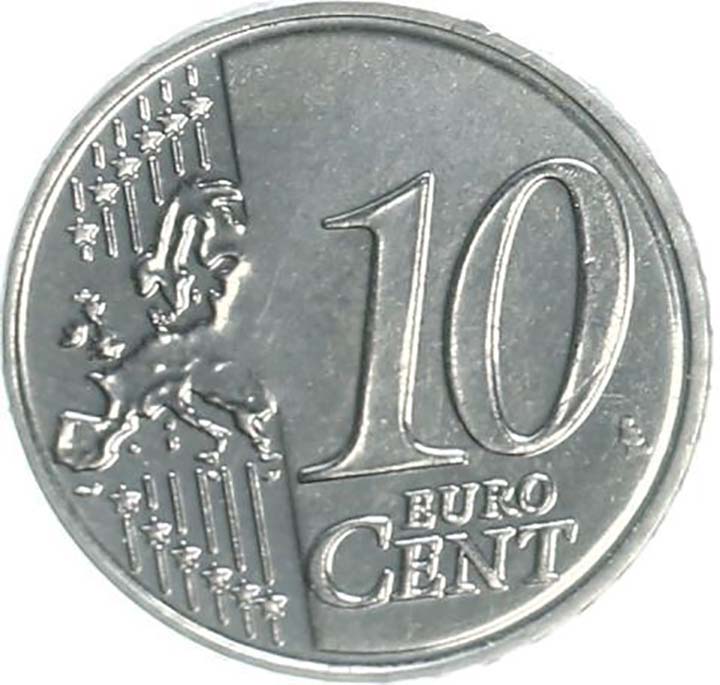
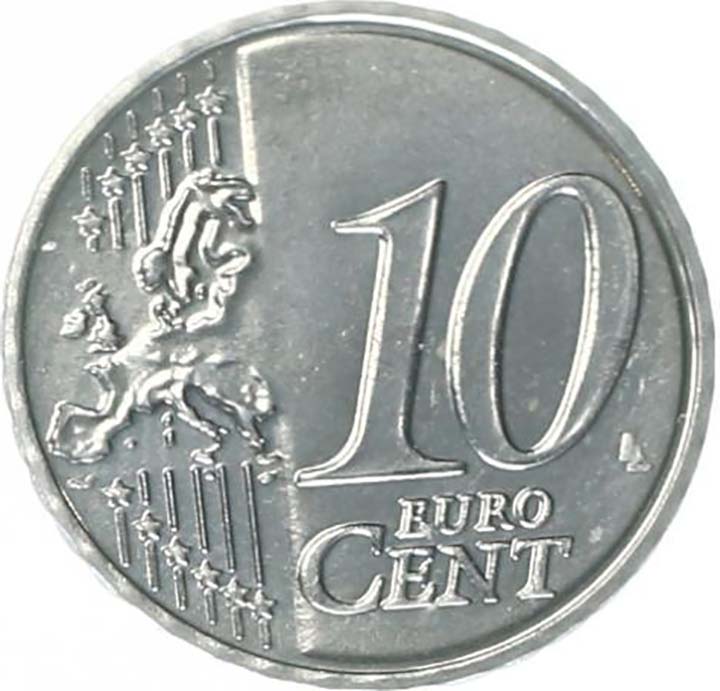
My original Canadian "Two-Tailed" Cent
discovery was featured in Coin World:
Copyright story reprinted by permission from Page 1 and Page 8 of the October 1, 2001 issue of COIN WORLD, Sidney, OH (coinworld.com)
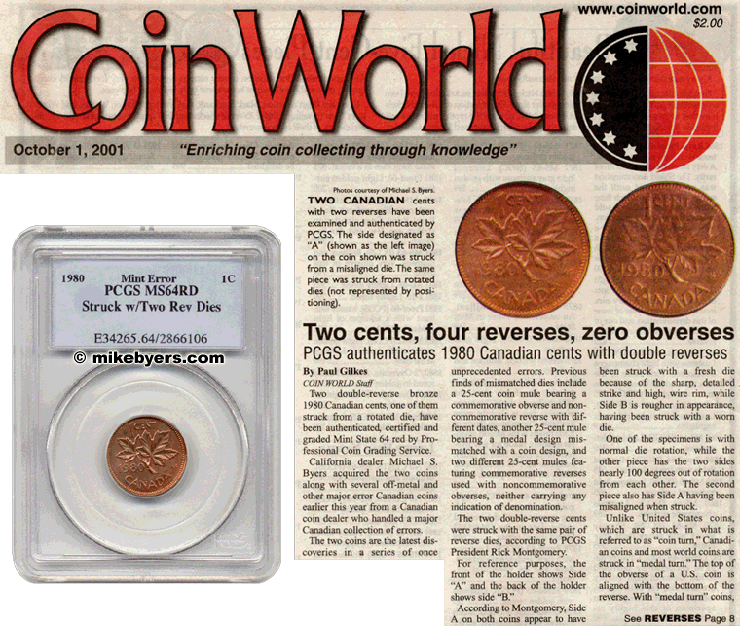
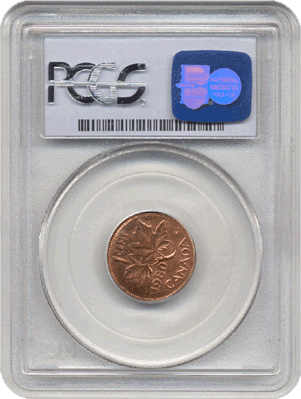

Here is the Two-Headed & Two-Tailed Euro Set I discovered that was featured on the cover of Mint Error News Magazine and Chapter 27 of my book, World's Greatest Mint Errors:
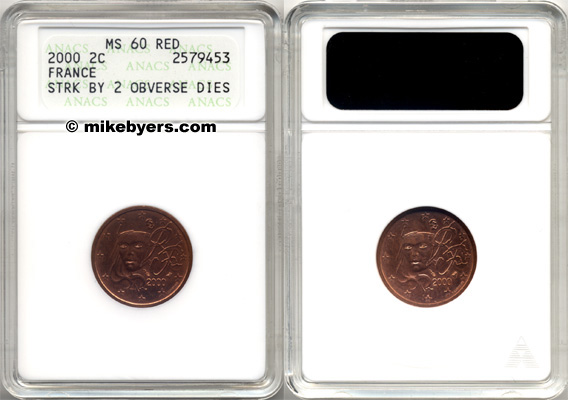
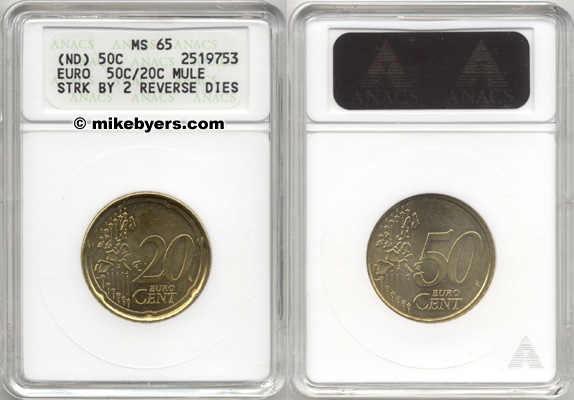
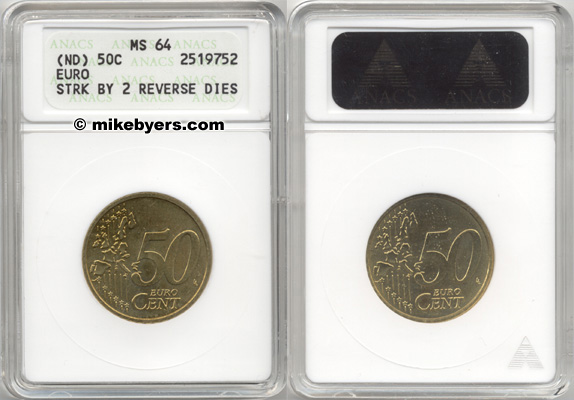

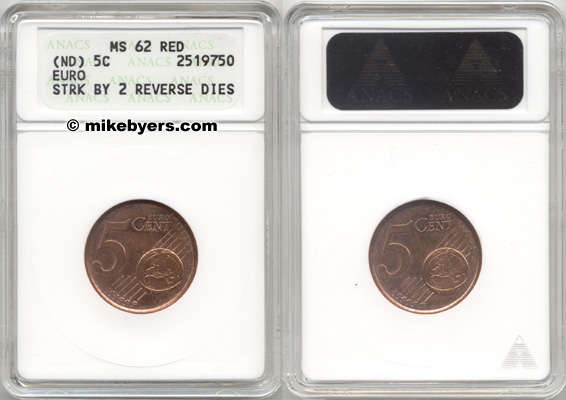
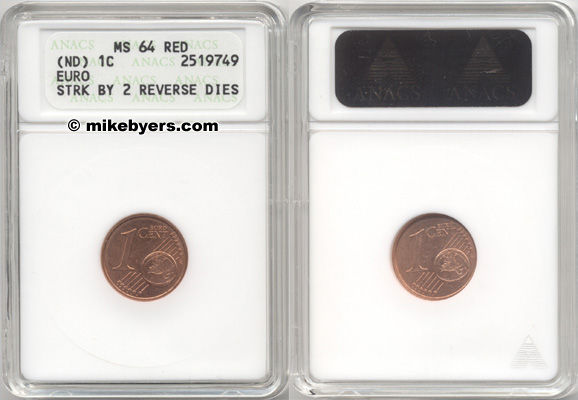
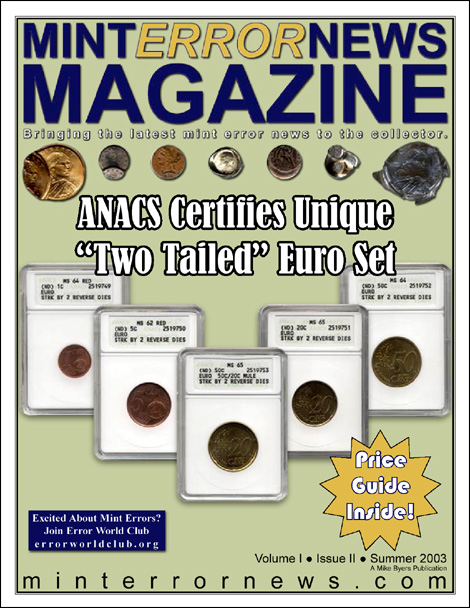
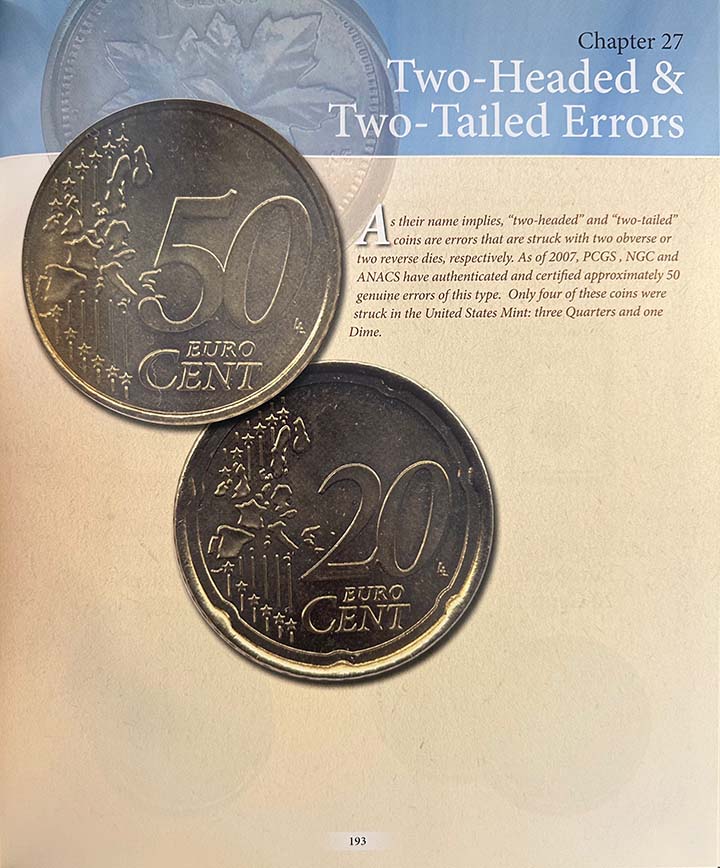
The Great Britain Halfpenny two-headed off-metal was featured in my NLG award winning book, World's Greatest Mint Errors and Mint Error News Magazine Issue 13:
